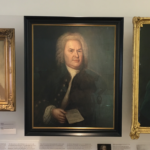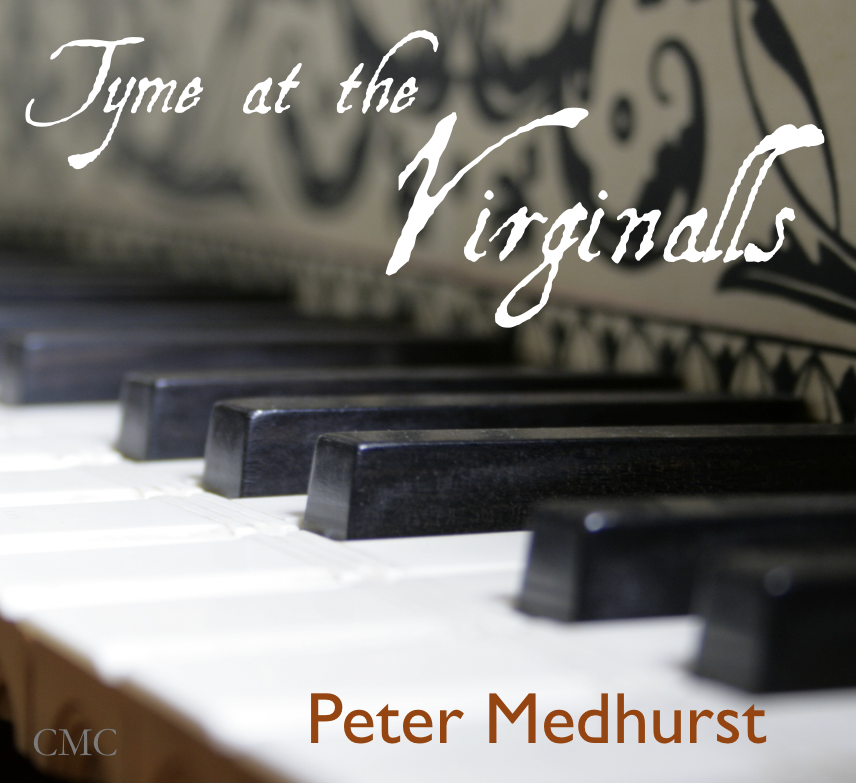“A man who has not been in Italy is always conscious of an inferiority, from his not having seen what is expected a man should see. The grand object of travelling is to see the shores of the Mediterranean.”
Dr Johnson
When it was at its peak in the 18th century, the Grand Tour was recognised as one of those rites of passage for the young British nobility and the upper classes. The destination of travel was always Italy, though other countries such as Germany, France, Switzerland and The Low Countries, were taken in en route, and the tour – very much an open ended affair – could last anywhere from a few months, to a number of years.
 Much has been written concerning the Grand Tour, and to the point that anyone coming to write about it, or lecture on it today, will find that the sources for the subject – the diaries, letters, travel guides etc – have been thoroughly sifted through. Occasionally, a hitherto unnoticed letter or diary entry, will throw some light on a particular point or aspect. But in general terms, there isn’t much left for the newcomer to the subject. So, we know – by and large – the places that were visited, the reasons for travel, the mementoes that were brought home, and of course, we’re all familiar with the images of milords abroad, and so on . . . .
Much has been written concerning the Grand Tour, and to the point that anyone coming to write about it, or lecture on it today, will find that the sources for the subject – the diaries, letters, travel guides etc – have been thoroughly sifted through. Occasionally, a hitherto unnoticed letter or diary entry, will throw some light on a particular point or aspect. But in general terms, there isn’t much left for the newcomer to the subject. So, we know – by and large – the places that were visited, the reasons for travel, the mementoes that were brought home, and of course, we’re all familiar with the images of milords abroad, and so on . . . .
 Yet there’s still an area that has been very much neglected by scholars, and that’s the subject of ‘music on the Grand Tour’. This is particularly interesting, because for a percentage of travellers who went south, music played a very important part in their enjoyment of Italy, and for some, the principal reason for going in the first place.
Yet there’s still an area that has been very much neglected by scholars, and that’s the subject of ‘music on the Grand Tour’. This is particularly interesting, because for a percentage of travellers who went south, music played a very important part in their enjoyment of Italy, and for some, the principal reason for going in the first place.
Although there were many professional musicians who journeyed to Italy – Thomas Linley, Thomas Roseingrave, Dr Burney, to name but a few – the principal part of the story that tells of music on  the Grand Tour, in other words Italian music seen through the eyes of British travellers, is inevitably centred on tourists coming from the privileged areas of English society; who, unfettered by financial restraints, could indulge themselves in whatever musical offering Italy presented to them. Onto this list must come colourful characters such as Georgiana, 1st Countess of Spencer, Lord
the Grand Tour, in other words Italian music seen through the eyes of British travellers, is inevitably centred on tourists coming from the privileged areas of English society; who, unfettered by financial restraints, could indulge themselves in whatever musical offering Italy presented to them. Onto this list must come colourful characters such as Georgiana, 1st Countess of Spencer, Lord
Fitzwilliam, Brownlow 9th Earl of Exeter, Thomas Brand, Lord Burlington etc
The study day takes a close look at 18th century Italian music making – the composers, the performers, the forms and styles – and determines exactly what it was that drew the musical British travellers south, time and time again.
__________________________________________
Music included on the study day
Miserere by Allegri, excerpts from Stabat Mater by Pergolesi, Keyboard Sonatas by Domenico Scarlatti, arias from Handel’s Italian operas, Voluntary in D minor by John Stanley, Piano Sonata No 5 by JC Bach, Keyboard Transcriptions of Concertos Op 6 by Corelli and Sonatas by Benedetto Marcello.
Domenico Scarlatti – Sonata in G, K146 (Fitzwilliam) – played by Peter Medhurst
__________________________________________
Suggested timetable for the day
 10.30-11.30 Session 1
10.30-11.30 Session 1
The Grand Tour – the route, the cities visited, the travellers, the Italian patrons of music, the Italian composers, the festivals, the music heard in Italy.
11.30-11.45 Break
11.45-13.00 Session 2
The Grand Tour – the route continued: Florence, Venice
13.00-14.15 Lunch
14.15-15.30 Session 3
- Live performance of music heard on the Grand Tour, and English music with Italian connections.
- The English who lived in Italy and their musical soirees.
- The journey home.
- The musical mementoes brought home from the Grand Tour.
The study day is illustrated throughout with digital images and live music examples
__________________________________________

__________________________________________





![The Scotish [sic] Gigg](https://petermedhurst.com/wp-content/uploads/2012/08/Peter120813untitled-shoot-2.jpg)